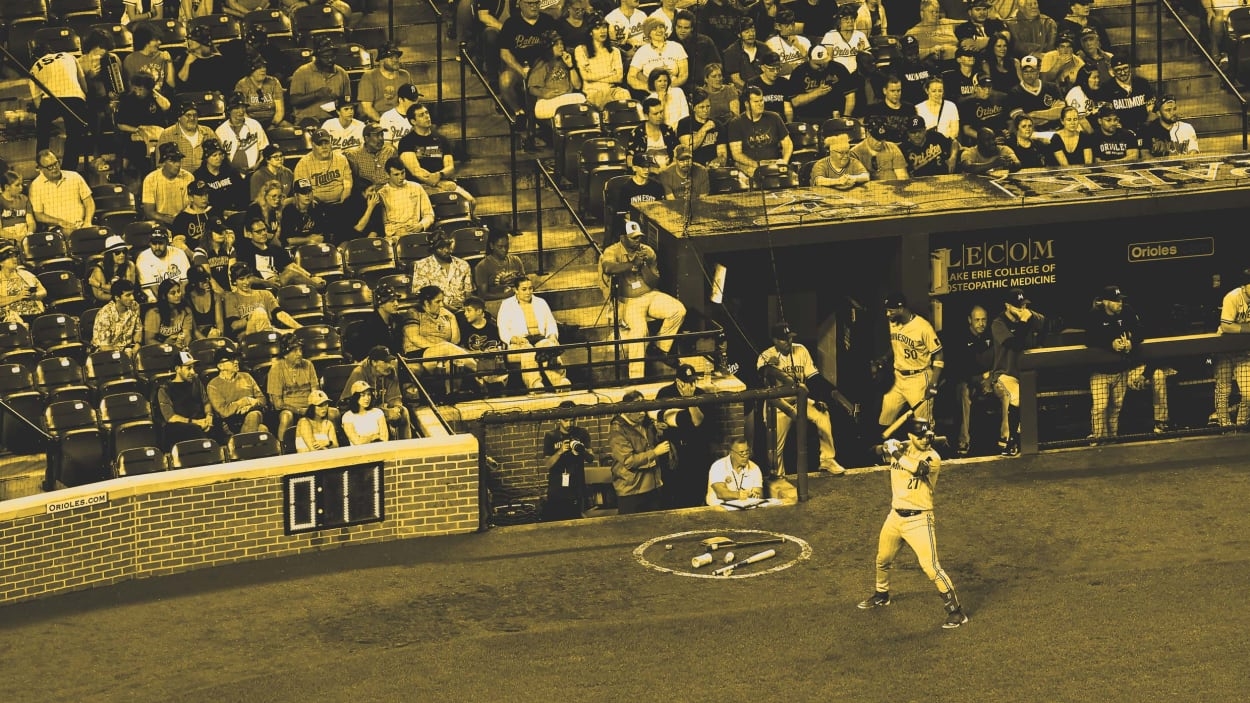How MLB fought the attention war with the introduction of the pitch clock
By Sameer Ahuja
As spring 2023 rolled in, baseball fans not only celebrated Major League Baseball’s (MLB) return but also the introduction of some thrilling changes. Chief among them: the pitch clock. Shortened to 15 seconds with no runners on base and 20 seconds with runners on, the clock applies to both pitchers and batters. The batter must be in the box with at least eight seconds remaining on the clock. Pitchers are limited to two disengagements from the mound per batter, resetting if a runner advances. These changes have streamlined the game. Now, over halfway through the 2023 MLB season, the average nine-inning game has been reduced to two hours and 38 minutes, shaving off a significant half-hour from the previous year’s average??.
But that’s not all. The MLB has also implemented bigger bases and infield shift restrictions, enhancing the spectator experience. The impact? ESPN’s Major League Baseball game viewership rose by 7% from the previous year, to an average of 1.517 million viewers, up from 1.419 million in 2022??.
Is this an indication that the Attention War is knocking on the doors of America’s oldest pastime? Absolutely.
Why technology led to longer games
The game of baseball has long been known for its slow, deliberate pace, a stark contrast to the fast-paced sports of today. But in recent years, the duration of baseball games had become even longer, prompting critics to point to increased advertising time. However, the root cause goes deeper than any broadcasting element.
Thanks to advancements in technology, the mass collection and analysis of big data have revolutionized all industries, including sports. Today’s managers and coaches now make informed decisions based on tangible data rather than gut feelings. This paradigm shift in strategy might remind fans of the book and movie Moneyball, where statistical analysis reshaped baseball strategy.
Such analysis led to increased strikeouts and frequent pitcher substitutions, slowing down the game. To address this, MLB now mandates that pitchers face a minimum of three batters and imposes restrictions on “the shift.” Through these measures, officials aim to see more hits, rallies, home runs, and reasonably timed games.
Despite MLB’s reluctance to change its rules traditionally, these recent shifts were deemed necessary and were met with intense debate and controversy.
The Attention War is fickle
Consider the National Basketball Association (NBA). Before the ’80s Lakers, aka “Showtime,” the NBA struggled with competition and ratings. The 1979 drafting of Magic Johnson and Larry Bird, along with the introduction of the three-pointer, led to a surge in popularity. Commissioner David Stern’s determination to globalize the league, along with Michael Jordan’s considerable court presence, took the NBA to new heights, drawing in an average of 1.59 million viewers for regular season games in the 2022-2023 season??.
The takeaway? The attention game is fickle, with media innovations and emerging markets stoking greater competition. This is why the face of sports—the players, the coaches, and the game itself—undergoes continual transformation.
In this era of content abundance, it’s no surprise that organizations are modifying their offerings to better position themselves in the Attention War. As technology advances further, we can anticipate more updates, some even more drastic than what we see today.
Despite rising ticket prices for sporting events, live event production and broadcasting stakeholders should remain conscientious about ways to maintain audience attention. Whether it’s a new pitch clock, modifications in game style, or the actual stadium experience, sports viewing is evolving. Welcome to the whole new ball game of the 21st century.
Sameer Ahuja is president of GameChanger.
(16)



